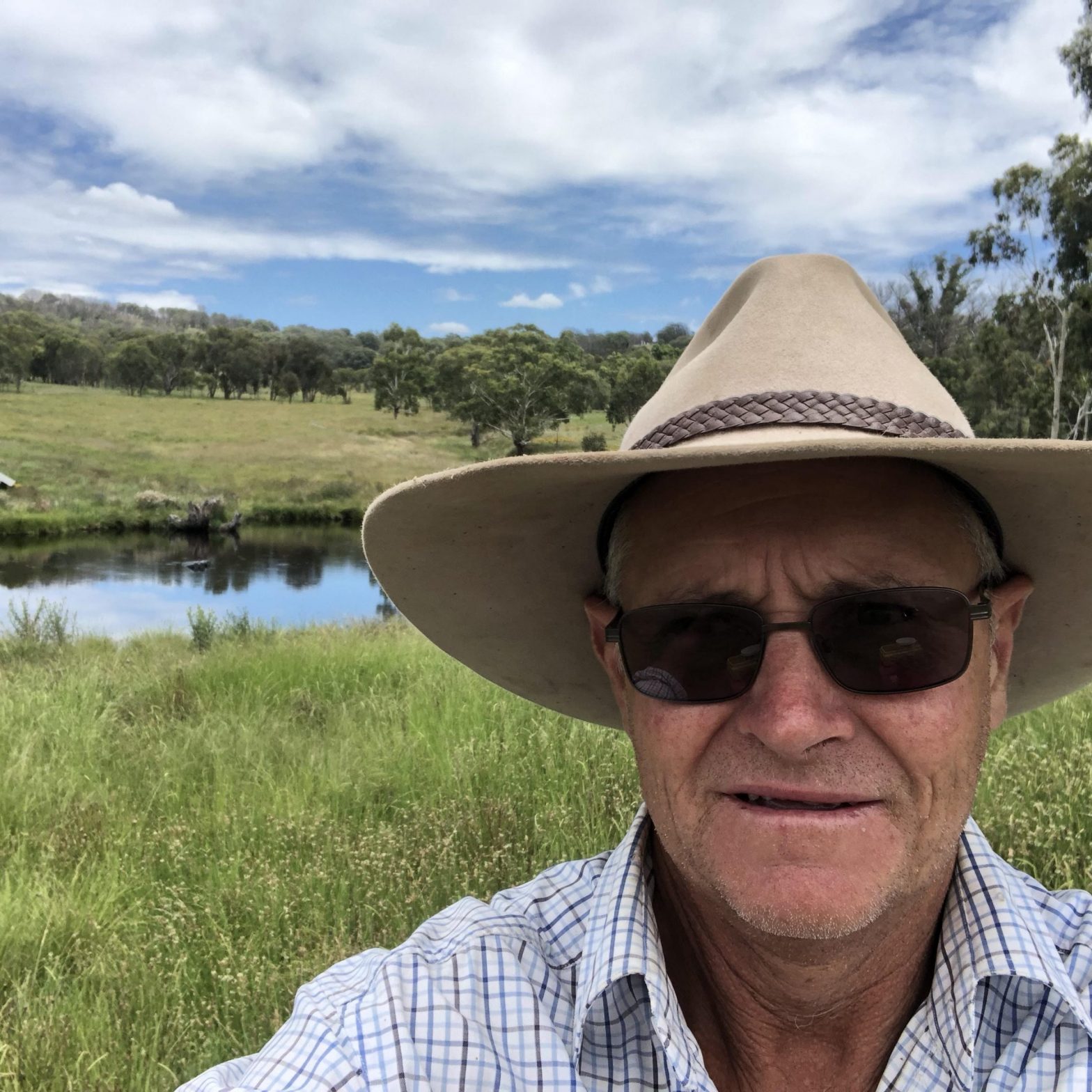UNLOCKING POTENTIAL THROUGH DATA-DRIVEN PASTURE MANAGEMENT

Watcha-based grazier Gary Olrich takes a pragmatic and data-driven approach to pasture management, with the aim of sustainability boosting productivity and profitability
Gary and Rhonda Olrich of Pheonix Partnership operate six properties in the New England region, from Walcha to Bendemeer, totalling 10,900 acres running a self-replacing Merino sheep enterprise along with crossbred ewes and an Angus cow herd, plus approximately 500 head of long-term agistment cattle.
When they acquired an additional property named ‘Glenview’ near Woolbrook in 2018, Gary and Rhonda saw a real opportunity in under-developed granite country and were keen to realise its potential.
This has meant significant investments in fencing, fertiliser and water infrastructure in order to boost productivity, increase carrying capacity, and better manage the natural resources available.
Seeking guidance on where to start, the Olrichs appointed Precision Pastures to conduct a soil mapping exercise and present recommendations to assist with prioritising improvements and capital expenditure.
“We had one big paddock of 700 acres so we asked Precision Pastures to conduct a soil test program to work out how best to subdivide the country, and ensure we were applying the right fertiliser to the right areas, at the right rate,” Gary said.
“These recommendations meant a huge cost-saving. With such a big area, there were spots where sheep had camped in the past, meaning there were heaps of nutrients in the soil in parts, but then none in others. We received a three-year plan with a targeted and detailed variable rate fertiliser application, as well as lime to address pH [acidity], that we can implement in stages.”
“By applying the correct amount of fertiliser, we could more than double if not triple our carrying capacity, which could mean making a significant profit in this cattle market, but we can only do that if we graze properly and manage our pasture well.”
The Olrichs are also involved in a soil health benchmarking project led by Precision Pastures, supported by Meat and Livestock Australia. The project, ‘Grazing system impact on livestock productivity, soil moisture and soil organic carbon’, involves nine other local graziers who are trialling water monitoring probes in order to collect critical data to help measure and manage soil health, increase carbon content, and ultimately improve livestock production.
Gary believes in data-driven decision making as an enabler of better management – for both his land and his livestock.
“The probes monitor soil moisture and NDVI (normalised difference vegetation index) and the data is then related to movements in soil carbon levels and soil nutrients so you can then tell whether you’re improving. We can then figure out how to best manage that land to its optimum level,” Gary says.
“If we can monitor the soil to increase productivity and its good for the environment at the same time – then, potentially get paid for it through carbon credits in the future – well, that’s a win.”
Gary says while the carbon market isn’t the main driver of this project – increased productivity is – but he believes the two can go hand-in-hand.
“We are not here to rape and pillage the land. We are all about building a better farm for the future. If you can capitalise on whichever markets there out are – it doesn’t have to be livestock markets, it could renewable energy or carbon credits, then we should grab it while we can,” he says.
